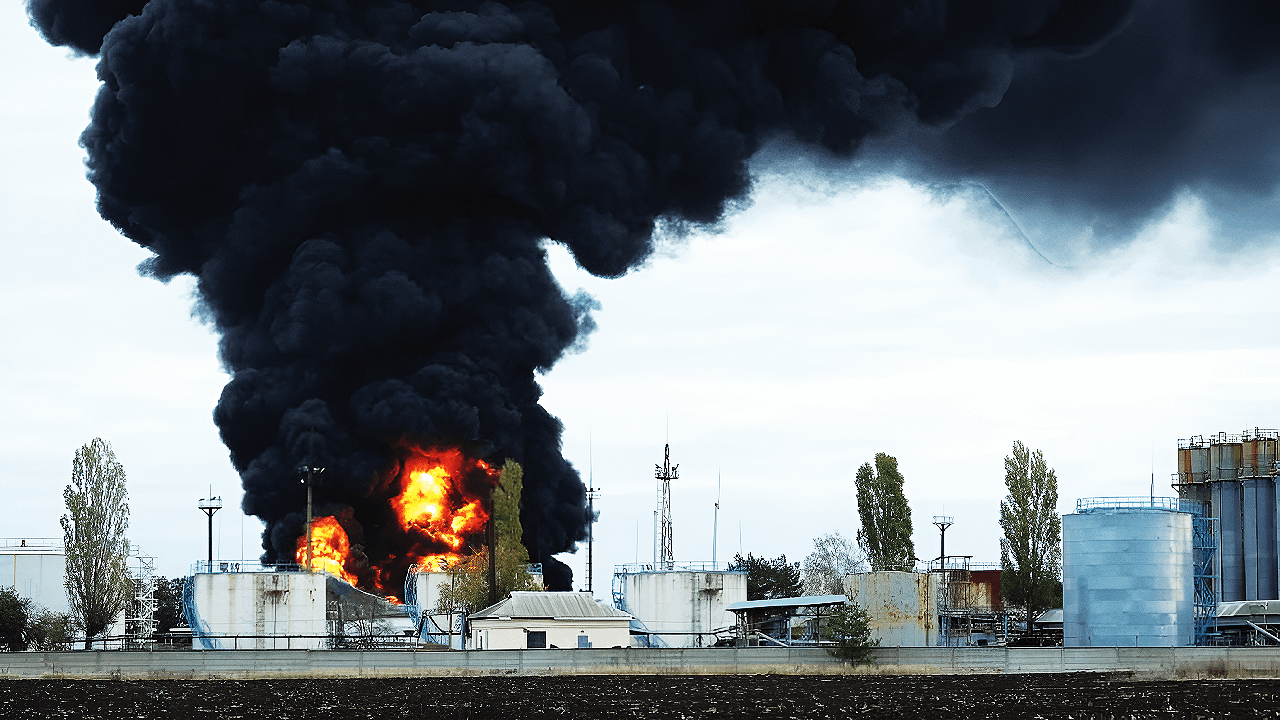
By attacking the Feodosia oil terminal in occupied Crimea, Russia’s main fuel hub in the area, Ukrainian forces delivered a devastating blow to Russia’s war infrastructure in October 2025. At least 16 of the 34 fuel storage tanks were damaged by numerous drone strikes, especially on October 13, rendering 82% of the depot unusable.
With a 250,000-ton capacity, this facility is an essential hub supporting Russian military activities throughout Crimea. The strategic success of Kyiv’s drone campaign, which has targeted 21 of Russia’s 38 major refineries in 2025, is highlighted by Ukrainian Commander-in-Chief Oleksandr Syrskyi’s announcement on October 11 that Russia’s oil processing capacity had decreased by 21%.
The Strategic Significance of Crimea in Historical Context
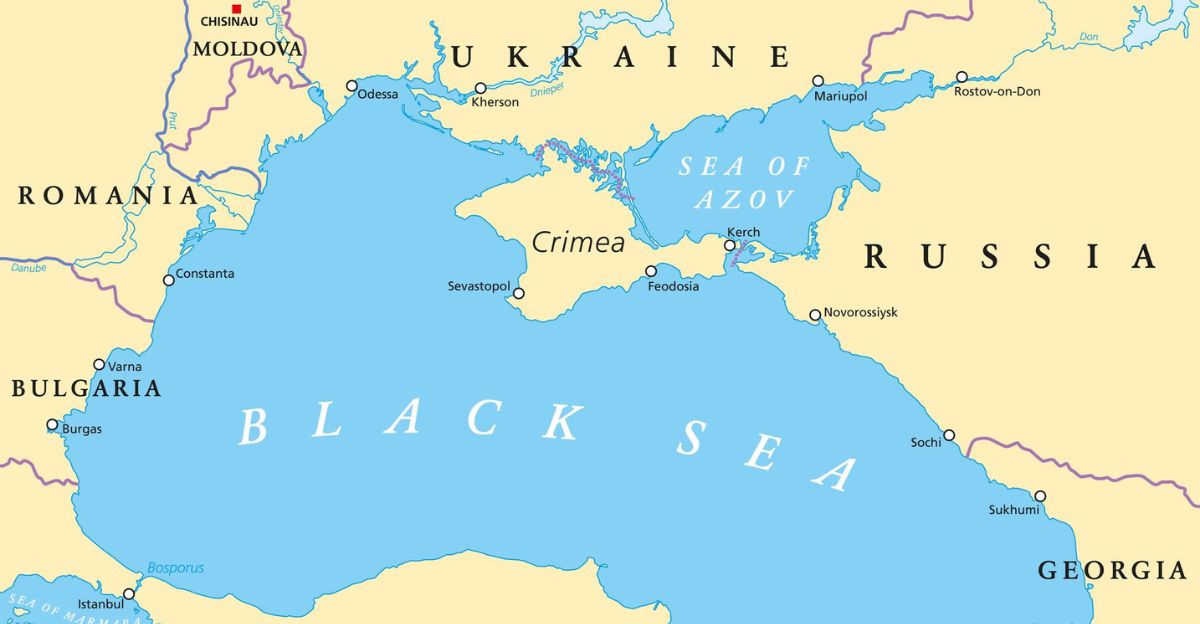
Crimea has long been a geopolitical hot spot, valued for its advantageous Black Sea location as well as its Soviet-era pipeline and storage facilities. Crimea became a logistical backbone for military operations in Ukraine and the surrounding area when Russia annexed it in 2014, extending its control over strategic energy transit hubs. Russia’s dependence on Crimea as an energy pivot is reflected in the Feodosia terminal’s transformation from a commercial fuel conduit to a military lifeline.
In addition to causing physical devastation, targeting this hub also symbolically undermines Russia’s capacity to maintain its occupied territory in the face of intensifying hostilities, evoking memories of past sieges in which fate was determined by supply chains.
Drone Warfare’s Place in Contemporary Conflict
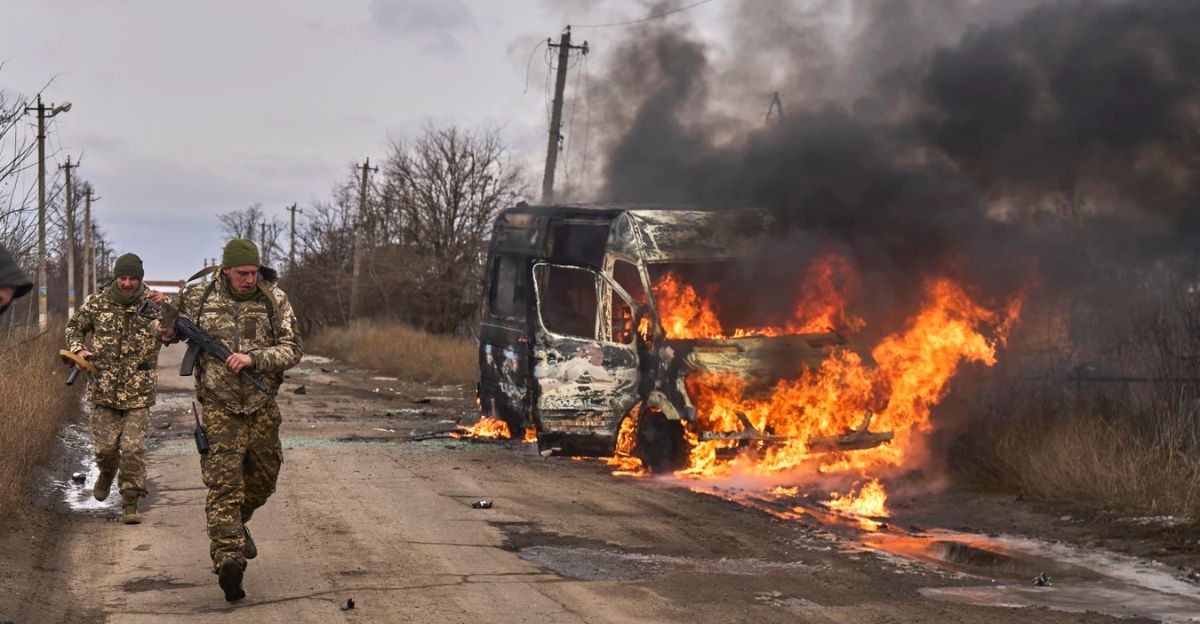
Drone attacks on Crimea by Ukraine are a prime example of how unmanned aerial vehicles (UAVs) have revolutionized contemporary asymmetric warfare. Drones increase disruption by enabling precise strikes deep within enemy-held territory without endangering personnel.
The Feodosia attacks show how persistent drone campaigns can repeatedly and covertly destroy vital infrastructure, requiring Russia to devote an excessive amount of resources to air defense. Significant psychological damage is done to Russian forces and leadership, revealing weaknesses in ostensibly secure rear areas.
Effects of the Attacks on the Environment and Humans
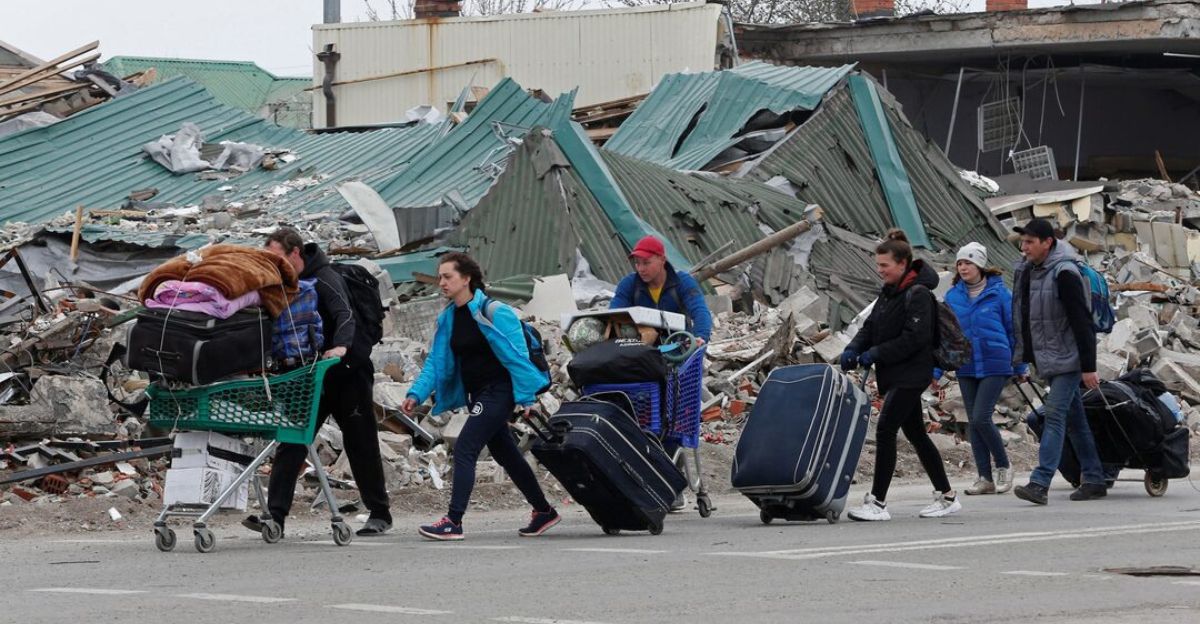
Over 800 local residents were forced to evacuate after the October 13 strikes started fires that raged for days and released poisonous smoke that could be seen 25 kilometers away. In addition to the military ramifications, the environmental contamination complicates post-conflict recovery and poses long-term health risks.
Discussions about the environmental cost of war and the morality of attacking dual-use infrastructure, industrial centers vital to both military and civilian life, are sparked by this collateral damage. Although strategically sound, Ukraine’s actions highlight the challenging trade-offs that come with contemporary territorial conflicts, where combatants increasingly suffer alongside civilian populations and ecosystems.
Economic Repercussions for Russia

Russia’s ongoing fuel crisis is made worse by the terminal’s crippling, which is estimated to result in the loss of 193,000 cubic meters of petroleum products. Due to shortages that are occurring in several areas, wholesale gasoline prices have risen to all-time highs nationwide.
Since Russia’s economy and military operations depend on energy commodities, this disruption puts Moscow in a difficult position where it must strike a balance between maintaining internal stability and spending money on foreign military projects. Russia’s supply chain is affected by the economic pressure, which makes both civilian logistics and industrial production more difficult. Targeted infrastructure warfare has significant repercussions that extend well beyond the boundaries of the battlefield, as evidenced by this.
Russia’s Critical Fuel Shortfall and Military Strain
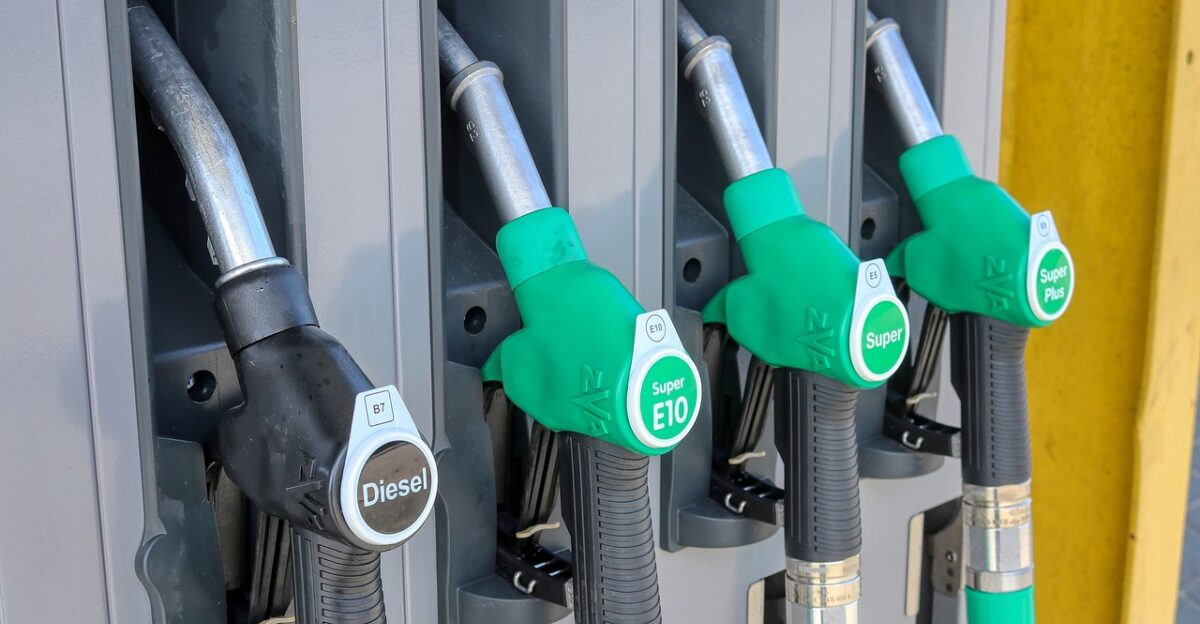
President Zelenskyy’s claim that Russia is experiencing a 20% fuel shortage highlights the close relationship between combat capability and energy logistics. Russia’s operational challenges in disputed areas are exacerbated when there is insufficient fuel because supply convoys falter, air operations stall, and mechanized units lose mobility.
Moscow’s capacity to effectively resupply forces is directly hampered by the loss of the Feodosia hub, necessitating detours to more hazardous and lengthy routes. This pressure might force riskier alternatives like fuel rationing and slower operations or hasten Russian tactical withdrawals, which could significantly shift battlefield dynamics in Ukraine’s favor.
Effects on Russian Forces

In addition to the physical devastation, Russian troop morale and strategic confidence are weakened by Ukraine’s persistent, unabated attacks into Crimea. The narrative of Russian control and invulnerability is called into question by the Feodosia terminal’s vulnerability, which was once thought to be a secure rear-area asset.
The evacuation orders and poisonous smoke further undermine public confidence in Moscow’s defense. Cohesion is disrupted by psychological warfare that targets infrastructure, raising questions about the viability of ongoing occupation and the competence of the leadership. Such a decline in morale frequently precedes military setbacks, demonstrating the intangible but decisive power of war.
Ukraine’s Strategic Use of Third-Order Effects

Ukraine’s drone campaign causes second- and third-order repercussions that have an impact beyond immediate destruction: Due to rising fuel prices and shortages, Russia’s fuel shortage raises operating costs, forces the reallocation of supplies away from frontline operations, and exacerbates domestic unrest. Moscow’s long-term war viability is called into question by these repercussions.
Destabilizing the fuel hub in Crimea also reduces Russian influence in Black Sea geopolitics, which has an impact on regional trade and naval activities. Ukraine is pursuing a war strategy based on attrition and systemic disruption rather than just territorial gains by deliberately destroying vital infrastructure.
Unusual Partnerships and Industry Combinations
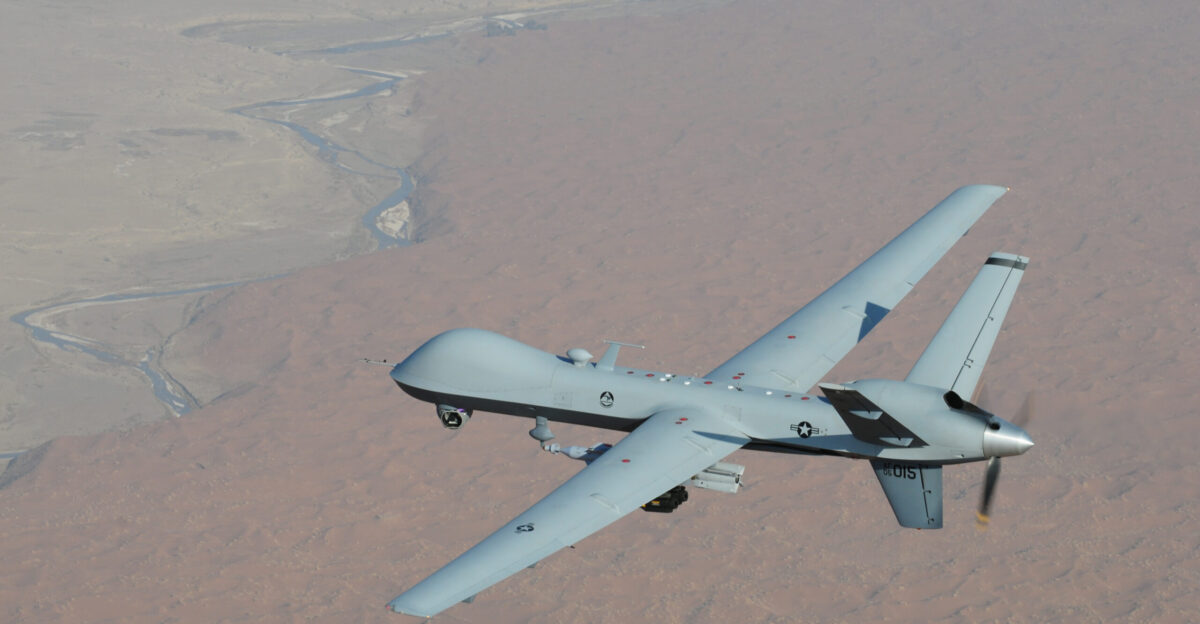
Unexpectedly, the fields of environmental science, energy economics, and drone technology have merged with military strategy in this conflict area. Ukraine’s military use of commercial drone technology is an example of a contemporary fusion of asymmetric warfare and civilian innovation.
At the same time, the environmental consequences have attracted international ecological watchdogs, putting pressure on Russia through international sustainability standards. As a result of these disruptions, energy companies reevaluate the risks and viability of regional investments.
Confirmed Terminal Capacity and Impact Data
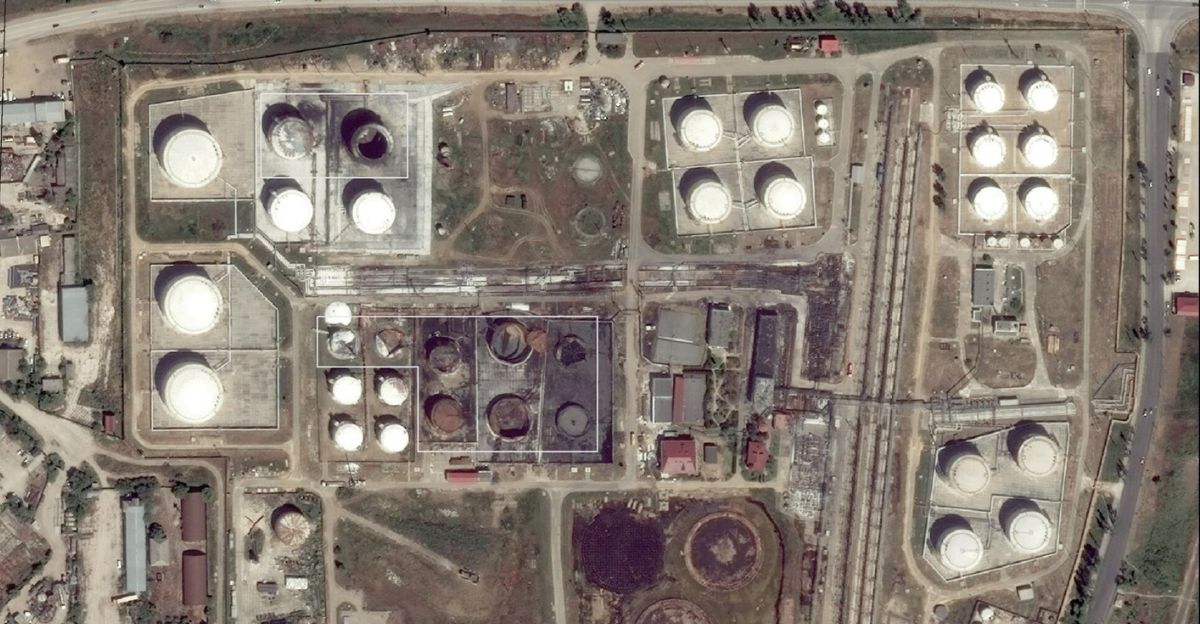
During the attack, Feodosia had 34 fuel tanks and a storage capacity of about 250,000 tons. With only six tanks remaining intact after at least 16 tanks were damaged on October 13 alone, 82% of the facility was essentially shut down. An estimated 193,000 cubic meters of petroleum products could be lost, according to reports.
Over 800 civilians were ordered to evacuate as a result of the smoke emissions, which created hazards that could be seen up to 25 kilometers away. These substantiated facts demonstrate the extent of the physical devastation as well as the operational and humanitarian consequences.
Setting the Scene

Russia runs 38 significant refineries as part of its Refinery Network; in 2025 alone, Ukrainian drones targeted 21 of these facilities. Russia’s fuel reserves are being severely squeezed by this ongoing targeting campaign, which has reduced overall oil processing capacity by 21%.
The loss of the Feodosia terminal is the most consequential single event and a crucial node in this larger degradation pattern. By denying Russia fuel flexibility and forcing it to rely on hacked or rerouted routes, this systematic pressure on infrastructure exacerbates vulnerability and operational inefficiency.
Long-Term Effects on Ukrainian Military Planning
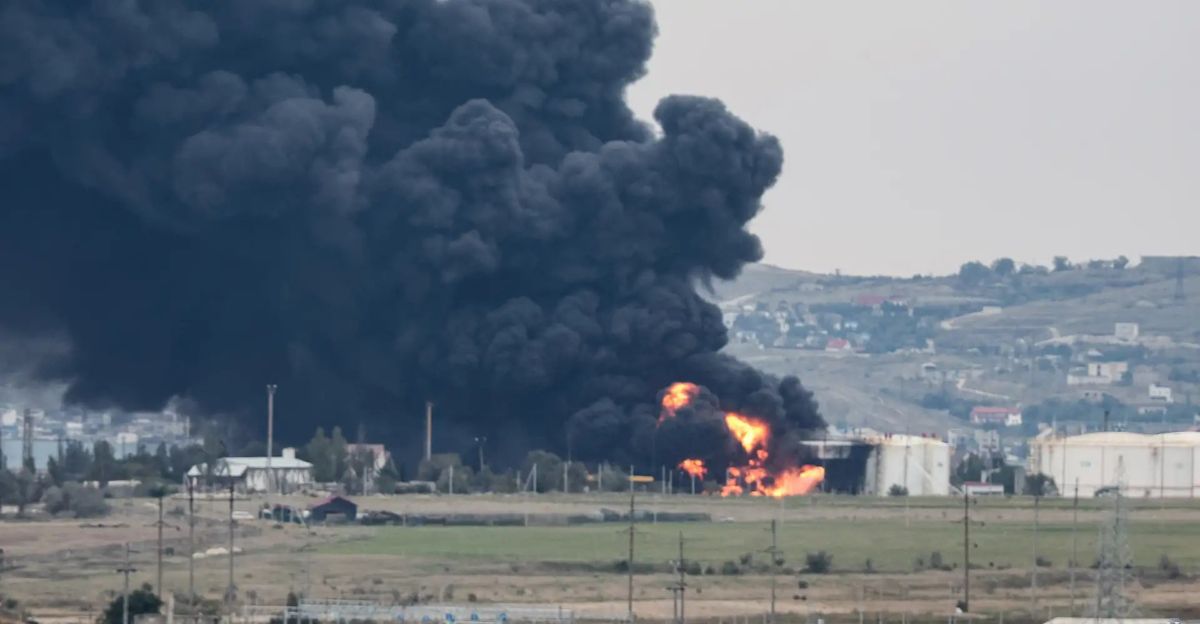
The fact that Ukraine was able to shut down a fuel hub that was 250 kilometers from Ukrainian control and so far from the frontlines shows how effective and widespread their drone program is becoming. This could cause operations to shift from defensive to offensive mode by extending Ukrainian strategic influence far into occupied or contested territory.
The conflict’s course could change if Russian fuel supplies run out because this could lead to counteroffensives or isolated advances. Moreover, persistent infrastructure targeting begs the question of how future wars will combine kinetic, drone, and cyber capabilities to completely degrade enemies.
Dangers and Ethical Conundrums
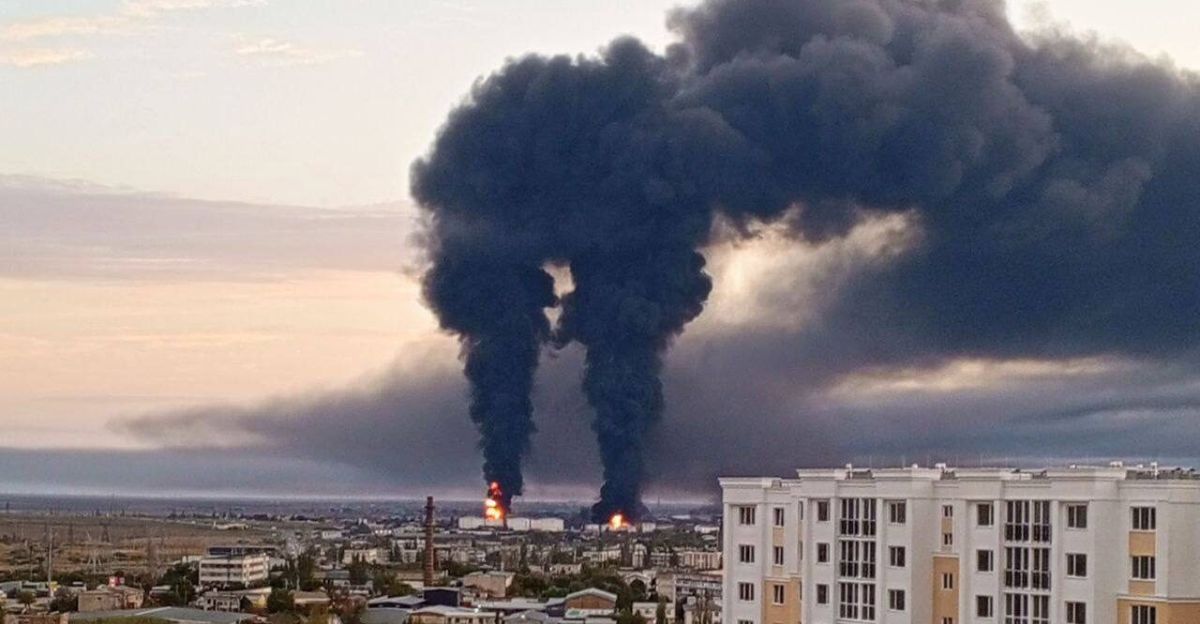
Despite the strikes’ tactical effectiveness, one must consider the possible negative effects. International sympathy may decline as a result of environmental contamination and civilian displacement that feed anti-Ukrainian propaganda. Regional economies could become unstable and the post-war recovery could take longer if dual-use infrastructure supporting civilian fuel needs is damaged.
According to some analysts, these operations could complicate the prospects for peace by hardening Russian resolve or encouraging escalating retaliation. Therefore, despite its practicality, Ukraine’s approach involves navigating morally and strategically delicate areas.
Historical Comparisons and Teachings
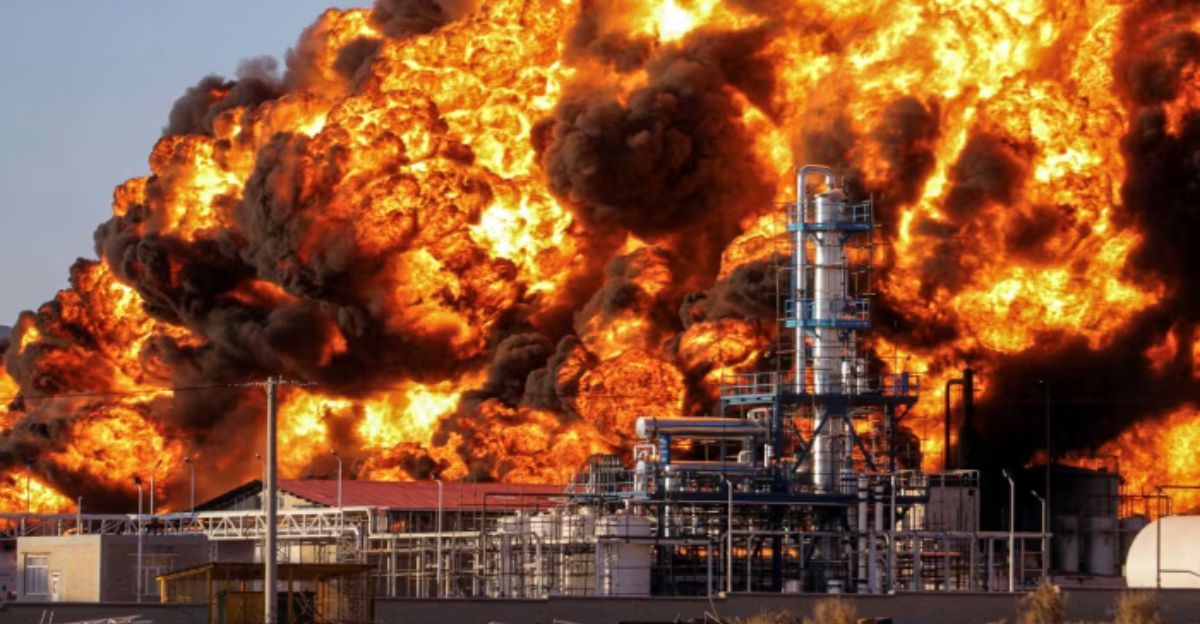
The strikes on the Feodosia terminal bring to mind past sieges in which upsetting the enemy’s logistics significantly influenced the outcome, such as the bombing of Nazi supply lines during World War II or the targeting of Iraqi oil infrastructure during the Gulf War.
These examples show that managing supply and fuel hubs can be just as important as securing actual land. But historical lessons warn of the possibility of regional instability and long-term economic harm after infrastructure destruction. Modern technology and ancient strategic realities are intertwined in the current conflict, logistics is still the foundation of warfare.
In Conclusion
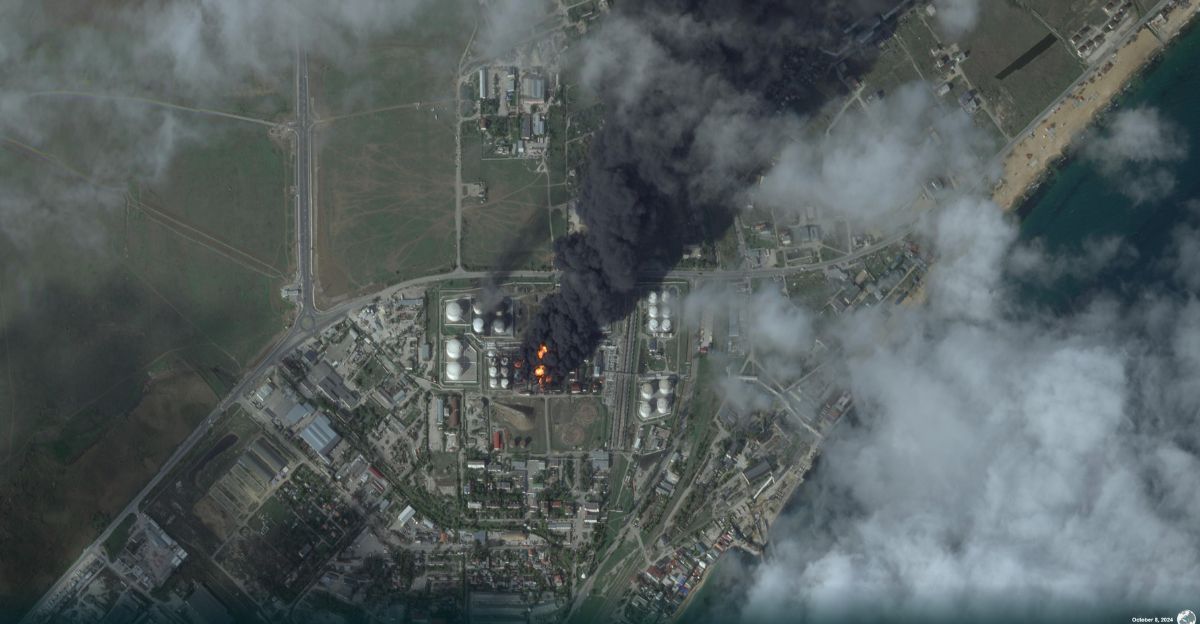
A historic example of hybrid warfare, Ukraine’s destruction of Crimea’s largest oil hub reduced Russian military might by 21% by combining precision drone strikes, strategic infrastructure targeting, and economic disruption. This operation is a prime example of how contemporary conflict involves logistics, economics, the environment, and morale in addition to battlefield combat.
Even though there are still moral and strategic issues, the success of Kyiv’s campaign increases pressure on Russia’s war machine, which depends on fuel, and could hasten changes in the conflict’s balance. Gaining insight into these complex effects is essential to understanding how warfare is changing and how energy control continues to play a key role in geopolitical conflicts.